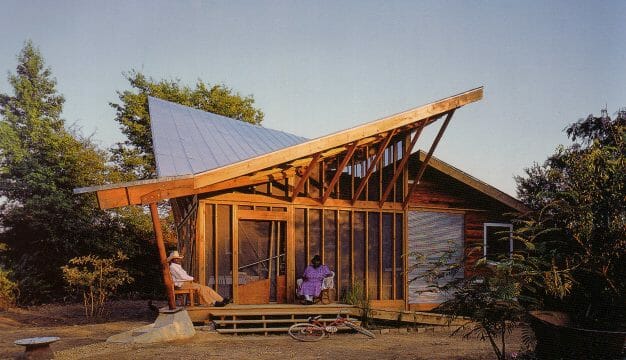Davidson, Alexander Caldwell
Cotton plantation owner Alexander Caldwell Davidson (1826-1897) served two terms in the U.S. Congress representing Alabama's Fourth Congressional District from 1885-1889 as a Democrat. He previously served in the Alabama House of Representatives in 1880 and 1881 and the State Senate from 1882 until 1885. He would also become rather wealthy as a cotton planter before the American Civil War.
Davidson was born December 26, 1826, to John Howard and Martha Caldwell Davidson near Charlotte, North Carolina. He likely had one sibling, a sister. The family moved to Alabama in 1835, settling in Marengo County, where he attended local schools. Davidson graduated from the University of Alabama in Tuscaloosa, Tuscaloosa County, on July 11, 1848. After graduating, Davidson studied law in Mobile, Mobile County, but likely never practiced the profession based on some historical sources. Instead, he turned to successfully managing his father's cotton holdings and railroad construction pursuits after his father fell ill. Davidson was a member of the Canebrake Agricultural and Mechanical Fair Association and was involved in cotton planting. By 1860 Davidson owned 30 enslaved people who performed agricultural work near Uniontown, Perry County. He was married on May 3, 1860, to Maria Overton Price with whom he would have five children, four of whom lived to adulthood. Davidson purchased the Westwood estate just north of present-day Uniontown from his father-in-law, cotton planter James Lewis Price, who built the residence between 1836 and 1840. The building was at one time the center of a 4,700-acre cotton plantation. The impressive two-story home featured Greek Revival and Italianate influences and was documented by the Historic American Buildings Survey in 1935 and added to the National Register of Historic Places in 1974. It features large square rooms and tall ceilings laid out in a symmetrical manner and has been added to and altered over the years.
Sources differ on whether Davidson served during the Civil War. One says he enlisted in the Confederate Army's Fourth Alabama Infantry Regiment under Capt. Richard Clarke as an infantryman on April 25, 1861. Another claims he fought at the First Battle of Manassas and later commanded a regiment. Still other biographies omit this notable information.
At some point, Davidson turned toward politics and was elected in 1881 to the first of two one-year terms in the Alabama House of Representatives and then in 1882 was elected to the State Senate, serving until 1885. He was then elected to the Forty-Ninth Congress, which was seated in March 1885, to represent Alabama's Fourth Congressional District. At the time, it consisted of Dallas, Hale, Lowndes, Perry, and Wilcox Counties. He took the seat held by George Henry Craig and served on the Agriculture Committee, Labor Committee, and Select Committee on Ventilation and Acoustics. He beat off a challenge in 1886 by Republican John Van Patter McDuffie, who unsuccessfully contested the election. Davidson failed to win renomination in 1888, losing in the Democratic primary to Louis Turpin. Davidson returned to farming in Uniontown. Turpin, in turn, lost in a fraud-marred general election to McDuffie, who contested the election and prevailed when the Republican majority in the House of Representatives voted for his seating.
Davidson died on November 6, 1897, at Westwood and is buried in Uniontown's Holy Cross Cemetery of Davidson Memorial Church.







